Canon EF 16-35mm f/4L IS USM Lens
IPT veteran William Wingfield is selling a Canon EF 16-35mm f/4L IS USM lens in like-new condition for $749.00. The sale includes the front and rear lens caps, the lens pouch, and insured ground shipping via major courier to lower-48 US addresses only. Your item will not ship until your check clears unless other arrangements are made.
Please contact Bill via e-mail.
This is the dream lens for folks doing handheld scenic, urban, and travel photography. It is super sharp, features a constant f/4 maximum aperture, and offers four shutter speed stops of image stabilization to allow working in low-light conditions with slow shutter speeds. Still in production, this lens sells new for $1299.00. Grab Bill’s pretty much new copy and put a smooth $550.00 in your pocket. artie
Iceland
My decades-long dream of spending time on Grimsey Island, Iceland, with the puffins — 13 days in this case!, will be realized this coming July. I am doing back-to-back trips as a participant. If anyone would like information on the world’s greatest Iceland/Atlantic Puffin trip this coming July, please contact me via e-mail.
Which?
Which two of today’s featured image best tell the story. Why?
What’s Up?
Me, trying to finish packing.
Today is Sunday 18 December 2022. I will be spending tonight in an airport hotel at MCO because my flight on Monday morning is scheduled to depart at 7:15am. I will be on an early shuttle! I stayed in this morning as I have lots to do. This blog post took about 90 minutes to prepare and makes two hundred sixty-five days in a row with a new, educational post just for you. Wherever you are and whatever you are doing, I hope that you too have a great day.
Please remember to use the B&H and Amazon links that are found on most blog pages and to use the BIRDSASART discount code at checkout when purchasing your new gear from Bedfords to get 3% back on your credit card and enjoy free second-day air FedEx. Please, also, consider joining a BAA IPT. You will be amazed at how much you will learn!
You can find some great photo accessories (and necessities, like surf booties!) on Amazon by clicking on the Stuff tab on the orange/yellow menu bar above. On a related note, it would be extremely helpful if blog-folks who, like me, spend too much money on Amazon, would get in the habit of clicking on the Amazon logo link on the right side of each blog post when they shop online. As you might expect, doing so will not cost you a single penny, but would be appreciated tremendously by yours truly. And doing so works seamlessly with your Amazon Prime account.
Please remember that if an item — a Delkin flash card, or a tripod head — for example, that is available from B&H and/or Bedfords, is also available in the BAA Online Store, it would be great, and greatly appreciated, if you would opt to purchase from us. We will match any price. Please remember also to use my B&H affiliate links or to earn 3% cash back at Bedfords by using the BIRDSASART discount code at checkout for your major gear purchases. Doing either often earns you free guides and/or discounts. And always earns my great appreciation.
|
|
|
Image #1: iPhone 11 Pano (cropped). Click on the image to view a larger version. The Vulture Trees in September 2022 |
In Memoriam
The original Vulture Tree can be seen on the far left. There is a single perched vulture on it. As is typical with dead trees, the configuration of the branches near the top changed over the years. I spent many dozens of hours photographing there. And you have seen many images here on the of either perched birds or birds flying into that tree to land.
The largest dead tree, the one in front of the three live pines, was too cluttered for photography until Hurricane Ian visited in late September. I made a neat video of vultures hanging on for dear life to the upper branches on the afternoon of that storm. I liked photographing the perched vultures in this tree on cloudy mornings with a northeast wind. You saw two of those images in the Before and After Hurricane Ian at Indian Lake Estates, FL. And Wind Lessons blog post here.
Over the past two years, the skinny dead tree on the right became my favorite. You’ve seen many fine images of birds perched on the top right fork and on the lowest stub of a branch the right side of the tree.
Now ask yourself, what harm were the tree dead trees doing?
|
|
|
Image #2: iPhone 11 image (cropped). Click on the image to view a larger version. The Wreckage of the First Tree to Fall |
The First to Fall
Having watched as many as seven ILE work trucks (including the forestry bucket truck) cutting down both dead and live trees and “cleaning up” the North Field and the South Peninsula, the handwriting was on the wall. So, I was not shocked on the foggy morning of 15 December to see that the largest dead tree had succumbed to the chain saw on the morning of the 14th. Note the single vulture in the original vulture tree looking on forlornly. I entertained the slim possibility that they might spare the other two perch tree. That was not to be.
|
|
|
Image #3: iPhone 11 image. Click on the image to view a larger version. The Wreckage of the Largest and First Tree to Fall |
Walking the Sacred Burial Grounds
As I walked the south end of the South Field on the partly sunny morning of 16 December it was eerily still and quiet. I felt as if I were walking on a sacred battlefield burial ground, perhaps one from the Civil War. Instead of dead soldiers, the ground was littered the bucked logs. (A felled and de-limbed tree is cut into logs of standard sizes via a process called bucking.) It was quite a spiritual experience, rife with a bit of sadness.
The small fan palms on the right side of the frame mark the site of my favorite Vulture Tree, the skinny one.
|
|
|
Image #4: iPhone 11 image. Click on the image to view a larger version. The Wreckage of the My Favorite Vulture Tree |
Death of a Friend
As I walked the field, I began the process of mourning the loss of three good friends. Can you befriend a tree?
|
|
|
Image #5: iPhone 11 image. Click on the image to view a larger version. The Remains of the Original Vulture Tree |
Removing Dead Trees — Good or Bad?
Do not think that most folks are environmentally aware of the value of dead trees. I did a web search for “Should you cut down dead trees?” and was stunned to find dozens of “Yes” answers explaining why every dead tree in sight should be cut down immediately. Funny that all of those were sponsored by tree removal companies.
Don’t get me wrong; dead trees that present hazards to humans or their dwellings need to be removed. There was a huge dead tree that threatened to fall onto my pool cage. I had it removed. When a big oak tree fell in the backyard during a hurricane and just barely touched the pool cage, we chopped it up and left the dead wood to rot. Bobwhites love to perch on the main trunk to sing and to check on their families foraging below the feeder.
When I refined my search a bit by including the word environment, the world came to its senses. The best article I found was here by George Wuerthner on the The Wildlife News website. This 3000+ word article is entitled The ecological value of dead trees. Though it is well worth reading the whole thing, here are a few telling excerpts:
Dead. Most of us have negative associations with the word. After all how did Death Valley get its name? Not because it was a favorite vacation spot for prospectors. Is anyone interested in fishing the Dead Sea? And when we say someone looks like “death warmed over” it’s not usually taken as a compliment. So it’s not surprising that most of us tend to view dead things as undesirable, unless we are talking about mosquitoes and rattlesnakes. (Actually I appreciate both and don’t advocate early death for either.)
We carry this cultural bias to our view of forests. Like most people I once viewed dead trees as an indicator of some presumed problem in the forest—that a ‘healthy” forest was one with a minimum of dead trees and largely free of wildfire, insects, and disease. Oh yes, I knew that a few snags were good for woodpeckers, and as a fly fisherman I understood that trout tended to be found hiding behind logs in the stream. I suffered from the same cultural bias as most people and thought that large numbers of dead trees meant that the forest was “out of balance” or “sick.” But the more I studied ecology, the more I questioned these assumptions. I now understand that large numbers of dead trees are critical to functioning forest ecosystems and sometimes, at the risk of hyperbole, I occasionally say they are ultimately more important to forest ecosystems than live trees.
There is no disputing the ecological importance of dead trees. Dead trees and down wood play an important role in ecosystems by providing wildlife habitat, cycling nutrients, aiding plant regeneration, decreasing erosion, and influencing drainage and soil moisture and carbon storage, among other values. Richard Hutto, an ecology professor at the University of Montana, sums up this new way of thinking about the long-term ecological value of dead trees when he notes, “Snags are important biological legacies that are passed from one forest generation to the next.”
DEAD TREE IMPORTANCE FOR WILDLIFE
…
So important are dead trees to wildlife that researcher Timothy Kent Brown estimates that two thirds of all wildlife species use dead trees or down wood during some portion of their life cycle. Among Pacific Northwest vertebrates, 69 species depend upon cavities for shelter or nesting, while 47 other species are strongly associated with downed wood. And it’s not just the obvious species like woodpeckers. Many bat species, for instance, hide in cavities in dead trees or under the loose bark of dead and/or dying trees.
Jim Andrews, a professor at Middlebury College in Vermont, studies amphibians and reptiles in northeastern forests. Andrews says, “Foresters tend to look at the forest from the floor up. I have occasionally gone on field trips with them and they were rather proud of how they had managed their forests, but the forest has nothing in it. There’s no cover. No places to find live critters.”
Andrews notes that dead and dying trees are important for many cold-blooded species, from gray frogs to arboreal rat snakes. “Standing snags, once they get big enough so that they have hollow centers—what foresters call ‘overmature,’ (which I hate since it is so board-foot focused)—are the places where wildlife reside.” Andrews quips, “To a biologist you don’t have overmature trees—you have wildlife habitat.”
The importance of down logs to wildlife can’t be overstated. Andrews notes that the greatest biomass of terrestrial vertebrate species found in eastern forests are salamanders, not the more charismatic large mammals like deer and moose. As a result they are important as food to many other species, from wild turkeys to shrews.
But salamanders are also significant predators in their own right. Andrews says salamanders eat beetle larvae, fly larvae, ground beetles, spiders, sow bugs, round worms, and other invertebrates that feed on forest debris.
Salamanders are the top predator that shape ecosystem processes much as wolves are the top predator at another scale in terrestrial ecosystems. “Salamanders, by preying upon these species that consume leaf litter, help to maintain a deeper layer of leaves and other organic debris that holds moisture, reduces floods, and that kind of stuff, “says Andrews.
|
|
The iPhone Photography e-GuideClick here to learn about Cliff Oliver’s great iPhone e-Guide. To order your copy, please click here. The PDF is sent link by e-mail for downloading: the file is relatively huge at 216 MB. I was an iPhone photo dunce until I got this guide. |
Typos
With all blog posts, feel free to e-mail or to leave a comment regarding any typos or errors.

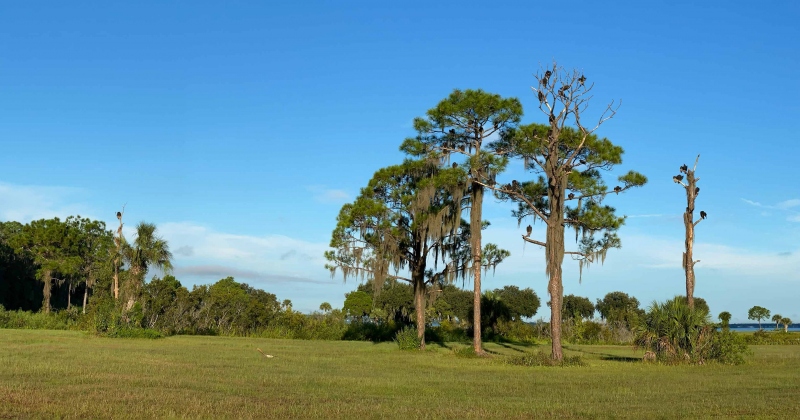
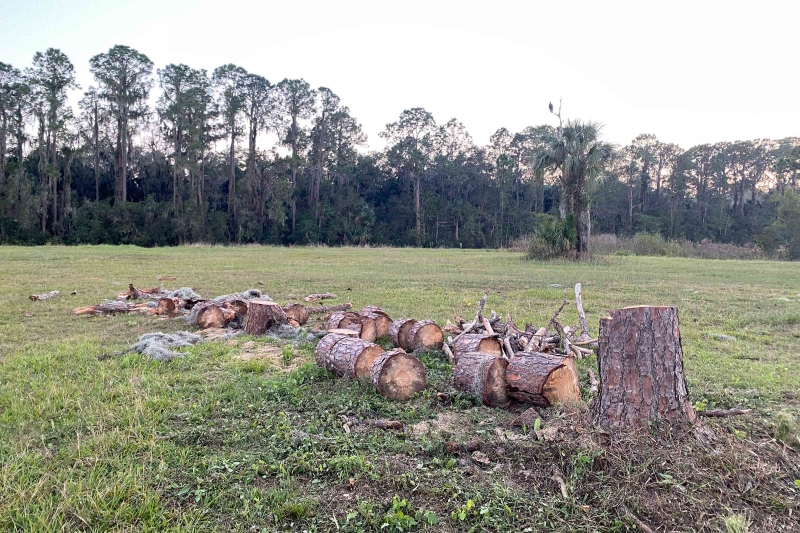
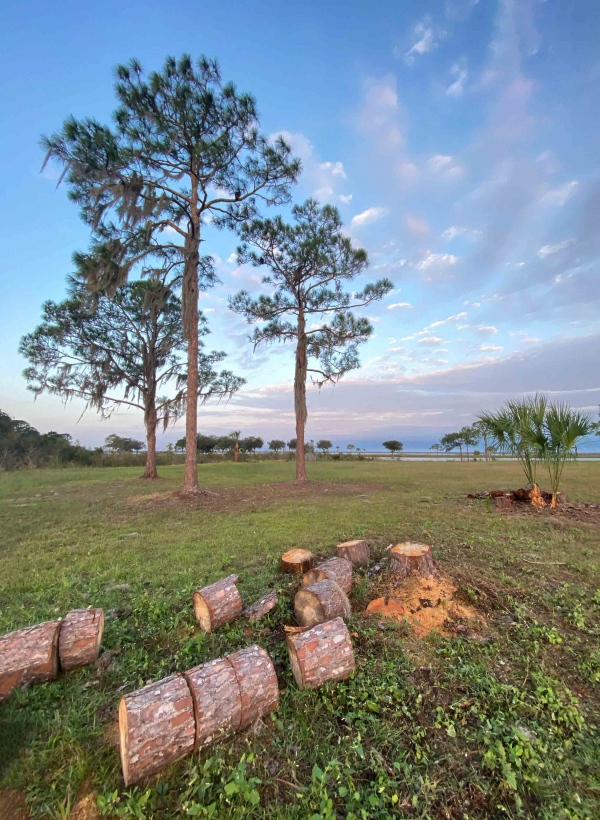
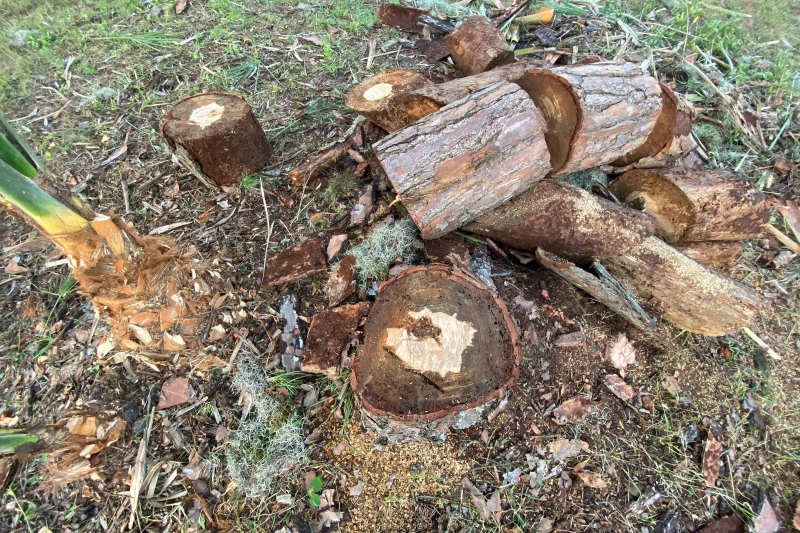
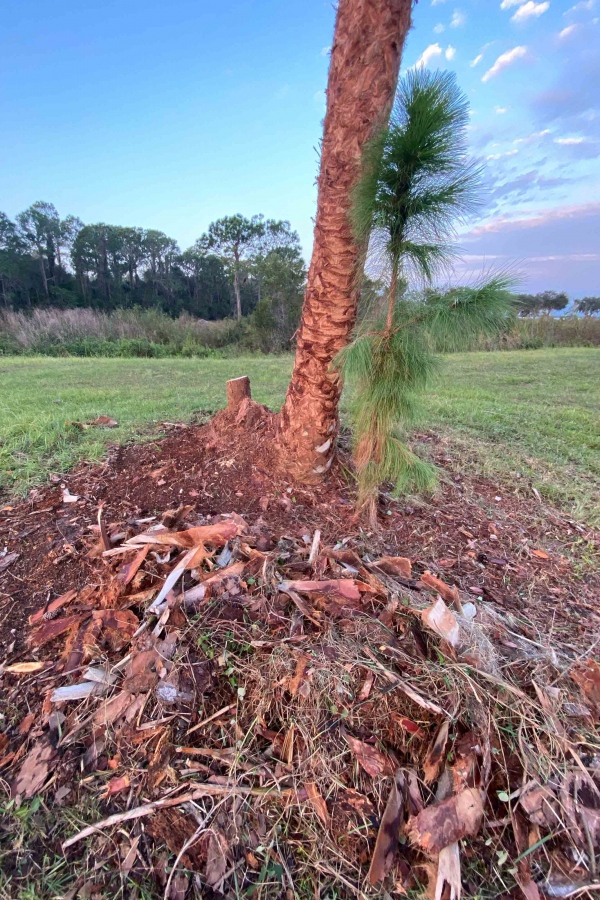














Joel Eade yesterday quoted lines from the refrain of Joni Mitchell’s song Big Yellow Taxi: “They paved paradise, put up a parking lot.” I thought then, at least they got a parking lot, whereas all ILE got was a more sterile landscape. But the verses around the refrain add more to the story, even trees:
They paved paradise
Put up a parking lot
With a pink hotel, a boutique
And a swinging hot spot
Don’t it always seem to go
That you don’t know what you’ve got ’til it’s gone?
They paved paradise
Put up a parking lot
They took all the trees
Put ’em in a tree museum
Then they charged the people
A dollar and a half just to see ’em
Again, no hotel, boutique, or parking lot, just a large, wasteful expenditure for fewer trees and less wildlife. Will it be better when the vultures perch on homes instead? I’ve seen that in a relative’s neighborhood in suburban Jacksonville.
Thanks for sharing, Cliff. And yes, there will be more vultures than ever on Cindy Spinner’s house.
with love, artie
Damn humans….
All 5 images of the trees are good and interesting and well-made!!